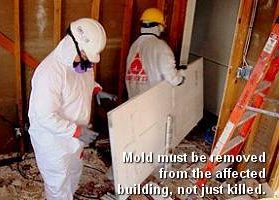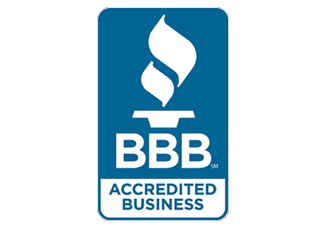

Where Does Mold Grow?
Your walls, floors, appliances, carpet, or furniture – they can all provide the food mold needs to grow. But the thing all molds need most is moisture, so you’re most likely to see mold in damp places such as bathrooms, kitchens, laundry rooms, basements, and crawl spaces.

What is Mold?
Mold is a type of fungus that consists of small organisms found almost everywhere. They can be black, white, orange, green, or purple. Outdoors, molds play an important role in nature, breaking down dead leaves, plants, and trees. Molds thrive on moisture and reproduce by means of tiny, lightweight spores that travel through the air. You’re exposed to mold every day.
In small amounts, mold spores are usually harmless, but when they land on a damp spot in your home, they can start to grow. When mold is growing on a surface, spores can be released into the air where they can be easily inhaled. If you’re sensitive to mold and inhale a large number of spores, you could experience health problems.

Is Mold Harmful?
In some cases, mold in your home can make you sick, especially if you have allergies or asthma.
Whether or not you’re allergic to molds, mold exposure can irritate your eyes, skin, nose, throat, and lungs. Here’s what you can do to combat mold problems, and take care of yourself and your home.
Top Tips for Controlling Mold
It’s impossible to get rid of all mold and mold spores in your home, but because mold spores can’t grow without moisture, reducing moisture in your home is the best way to prevent or eliminate mold growth. If there is already mold growing in your home, it’s important to clean up the mold and fix the problem causing dampness. If you clean up the mold but don’t fix the problem, the mold will most likely return.
Following is some advice for reducing moisture throughout the home with specific tips for the areas most prone to dampness and mold growth:
- Use dehumidifiers to reduce moisture in the air.
- Keep indoor humidity below 60% if possible. You can measure relative humidity with a hygrometer, an inexpensive instrument available at many hardware stores.
- Add insulation to cold surfaces, such as exterior walls, floors, and windows to reduce condensation.
- Dry wet areas within 24 to 48 hours to prevent mold growth.
- Fix leaks and seepage. The ground should slope away from your house. If water is entering the house from the outside, your options range from simple landscaping to extensive excavation and waterproofing.
- Make sure gutters are working properly and that outdoor landscaping causes water to run away from — not toward — the house.
- Declutter storage closet annually.
- Install dehumidifier & vapor barrier in crawlspace
- Have a qualified contractor exam in the attic for adequate ventilation.
- Make sure bathroom exhaust fans vent to outside & use them when showering.

Charter Member of NORMI since 2006.
NORMI ID: 40157

